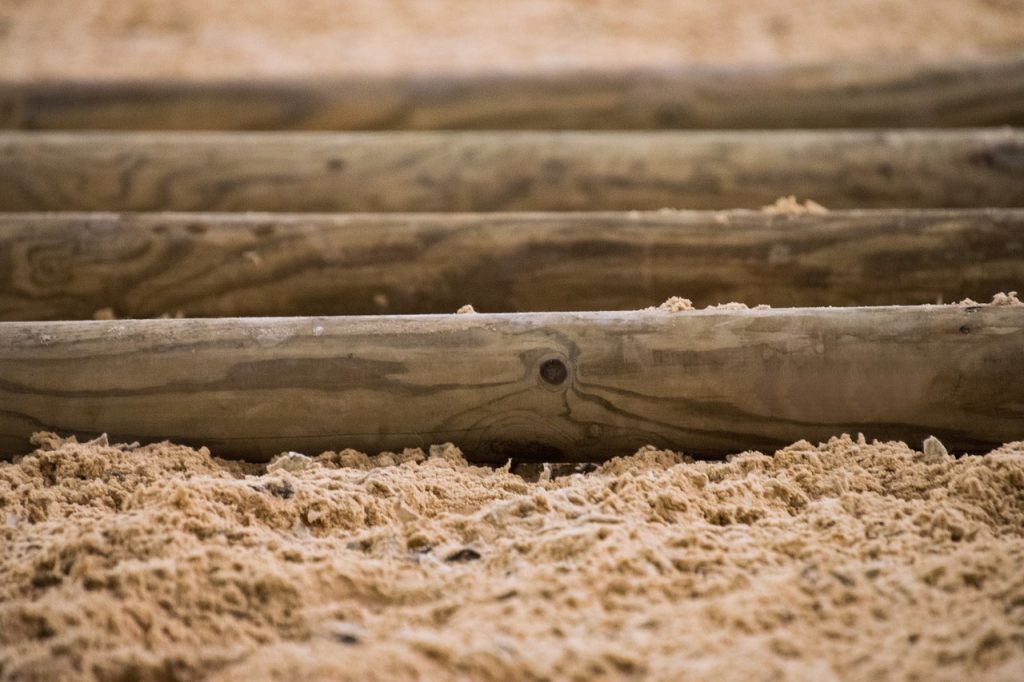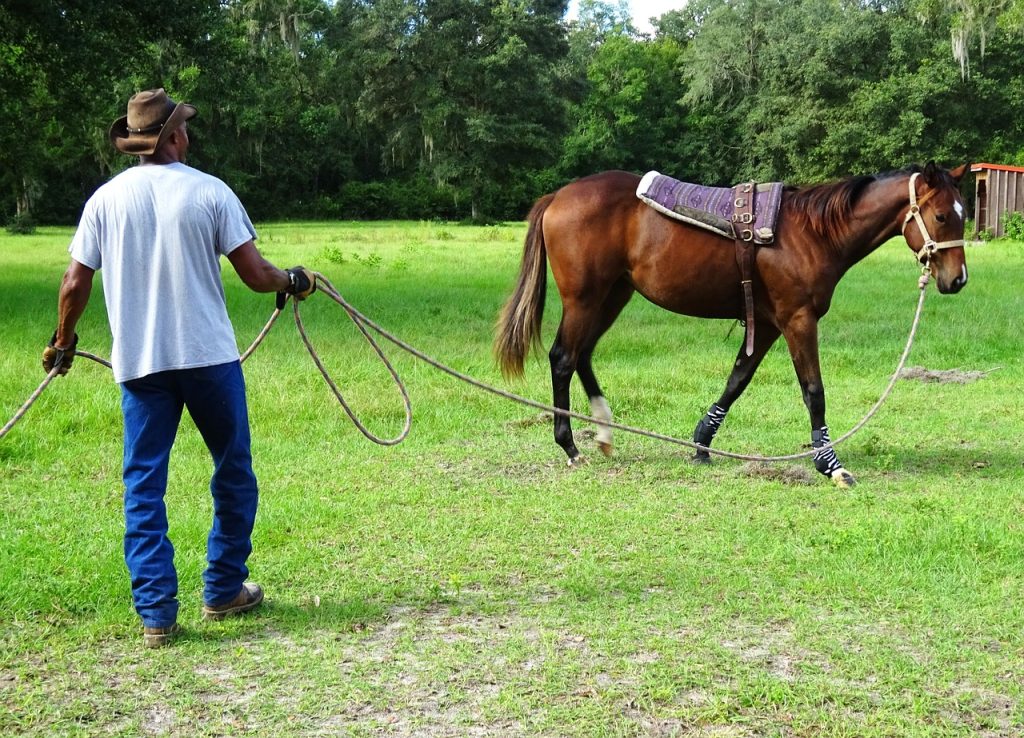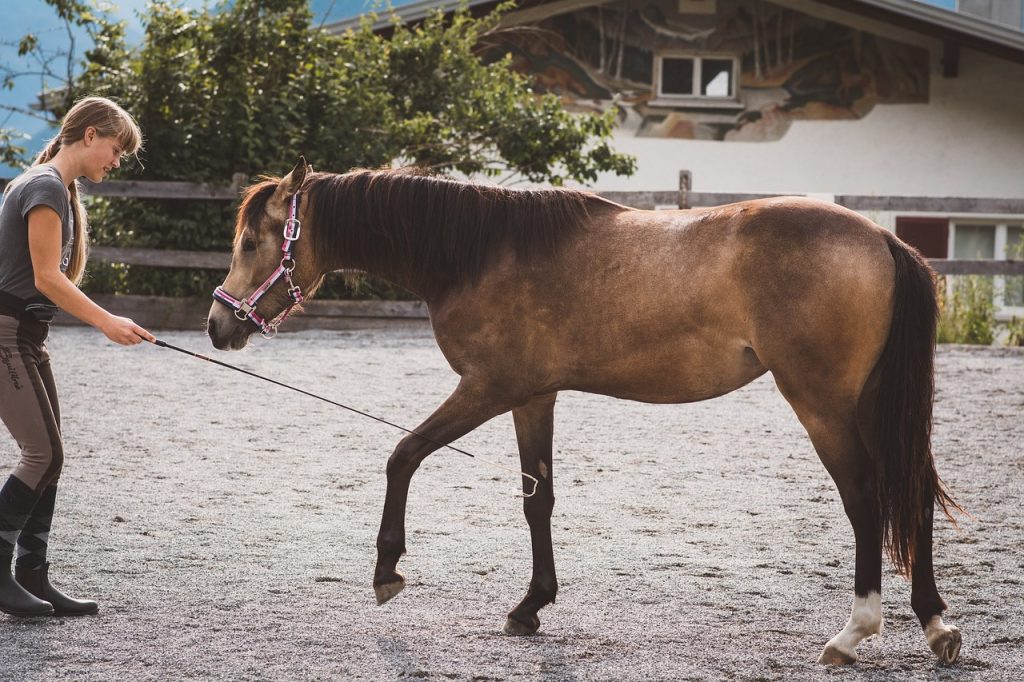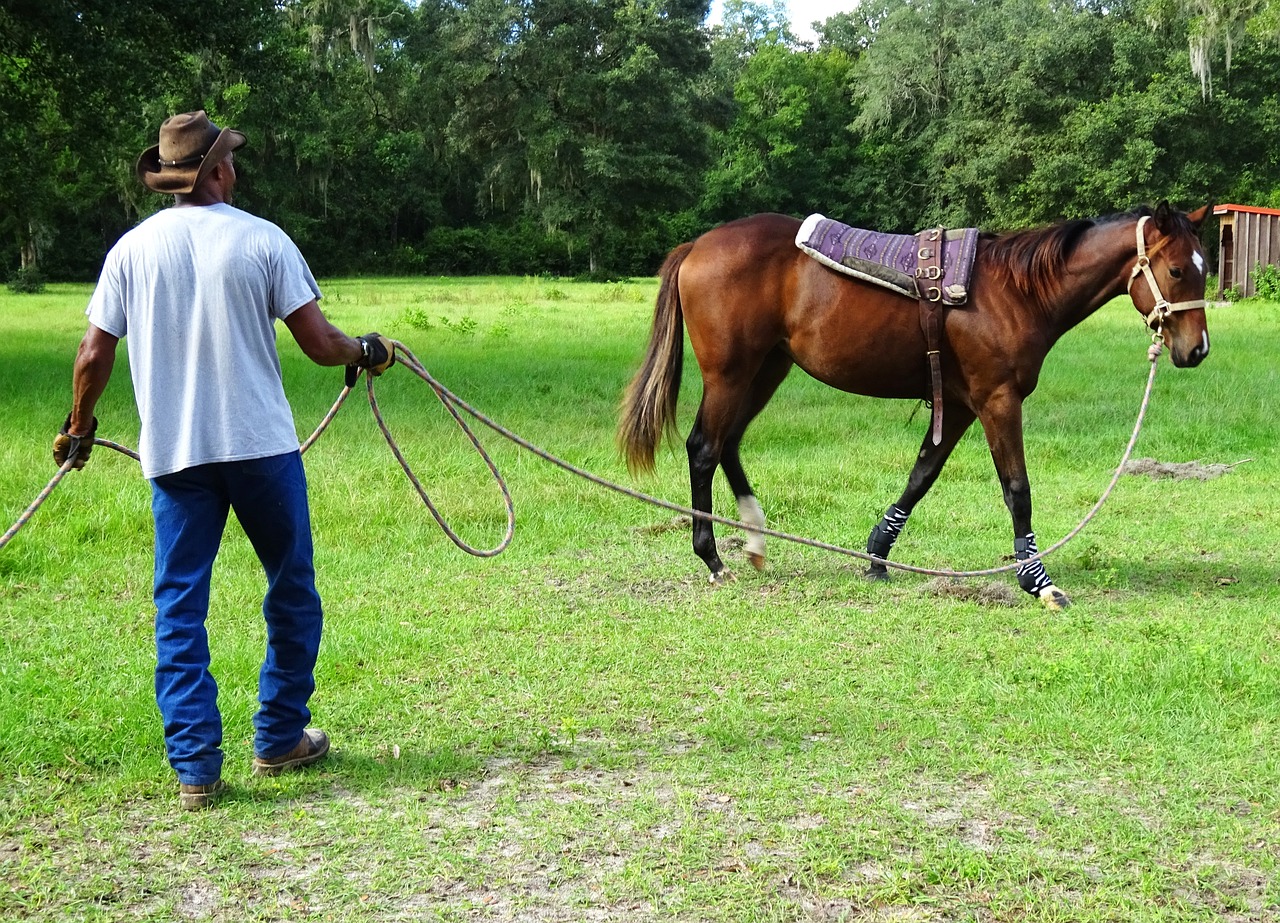Ready to deepen your connection with your equine companion? In “Understanding and Applying Horse Training Techniques”, you’ll embark on a journey that starts with foundational aspects of horse training. From building trust to encouraging cooperation, this enlightening piece encompasses all dimensions of interaction between you, as the handler or rider, and your horse. Navigating through different techniques, gentle yet essential, you’ll soon be equipped with the knowledge to enhance your horse’s safety and suitability for various activities. So sit back, and prepare for a transformative journey of understanding and applying practical horse training methods right at your fingertips.
Understanding Horse Behavior
Before you can effectively train a horse, it’s vital to understand their behavior. Knowing why a horse acts the way they do can give you insights into how to approach their training. Horses, like people, have natural tendencies that can be understood and influenced.
Factors Influencing Equine Behavior
There are many factors that influence a horse’s behavior. Some of these include genetics, their general temperament, the environment in which they live, and the treatment they receive from people. For example, some breeds have inherent traits that might make them more spirited or challenging to handle. Additionally, a horse that’s not treated well or is kept in a stressful environment may exhibit undesirable behaviors.
Horse Behavior Patterns
Horses exhibit certain behavior patterns. They’re herd animals, meaning they find safety and comfort in numbers. Horses also have a well-defined social order and use body language to communicate with each other. Recognizing these patterns can greatly help in devising an effective approach to horse training.
Interpreting Horse Body Language
Horse body language is a critical aspect of understanding their behavior. For example, an agitated horse might swish its tail or pin its ears back, while a relaxed horse often has its head lowered. By learning to interpret these signs, you can understand how a horse is feeling and adjust your approach accordingly.
Establishing Trust and Respect
Building a strong relationship based on trust and respect with your horse is fundamental to effective training.
Building a Relationship with the Horse
Building a relationship with a horse takes time and patience. It’s about spending time together, grooming your horse, feeding them, and simply being in their space. This helps to create a bond and lets the horse know that you’re a friend, not a threat.
Establishing Authority
While building a relationship with your horse, it’s also important to establish your authority. Horses are herd animals, and in a herd, there’s a clear hierarchy. By establishing yourself as the ‘herd leader’, your horse will be more likely to follow your instructions and respect your space.
Balancing Trust and Respect
Balance between trust and respect is key. Your horse should trust you enough not to fear you, yet respect you enough to follow your commands. This balance can be established over time through consistent and kind handling.

This image is property of pixabay.com.
Principles of Basic Horse Training
To effectively train a horse, several fundamental principles should be followed.
Positive Reinforcement
Positive reinforcement, such as giving a reward when the horse performs a desired behavior, encourages the horse to repeat the behavior. This reward could be a simple pat, verbal praise or a treat.
Associate Learning
Horses learn through association. For example, if lifting a foot is consistently followed by a reward, the horse will start associating lifting its foot with something positive and be more likely to do it when asked.
Gradual Desensitization
Gradual desensitization involves slowly introducing a horse to something they fear. Over time, the horse will become less scared and more accepting of the object or situation.
Training Technique: Ground Work
Ground work is a fundamental part of horse training.
Foundation of Ground Work
Ground work involves teaching a horse basic manners and commands while the handler is on the ground. This includes leading, handling and teaching the horse to respect space.
Handling and Leading
Teaching a horse to be handled and led is essential for their safety and yours. This includes things such as allowing their feet to be picked up, being groomed, or being led by a rope.
Teaching Directions and Spatial Awareness
Ground work also involves teaching the horse direction commands like “walk”, “stop”, or turn. This helps to establish a common language between you and your horse, which will be useful when you start riding.

This image is property of pixabay.com.
Training Technique: Longeing
Longeing is a technique often used in horse training.
Benefits of Longeing
Longeing involves having the horse move around you in a large circle, and it helps to improve the horse’s balance, obedience, and suppleness. It’s also a great way to exercise a horse when you can’t ride them.
Longeing Equipment
The usual equipment needed for longeing includes a longe line, a longe whip, protective leg boots, a surcingle, and a suitable space with good footing.
Learn to Longe Correctly
Learning to longe correctly is as much about the handler learning the technique as it is about the horse. The handler must learn to maintain the right position, manage the longe line, and use the longe whip effectively.
Riding Basics and Training
Riding a horse requires a fair bit of training, both for the horse and the rider.
Mounting and Dismounting
Learning to properly mount and dismount a horse is a fundamental skill for riding. It’s essential for the horse to stand still during both of these processes for safety.
Achieving Balance and Rhythm
A good rider needs to have balance and rhythm to move in sync with their horse. Likewise, the horse needs to maintain smooth and steady gaits.
Developing Control and Steering
Control and steering involve teaching the horse commands to move in specific directions or change speeds. This starts with basic commands like stop and go, and builds up to more complex direction changes and speed adjustments.

This image is property of pixabay.com.
Advanced Horse Training Techniques
Once the basics have been mastered, there are advanced training techniques that can be explored.
Dressage Training
Dressage is a highly-skilled form of riding that involves the horse and rider performing a series of predetermined movements. Training in dressage improves the horse’s balance, flexibility and responsiveness.
Show Jumping Training
Show jumping training involves teaching a horse to jump over obstacles of varying heights and widths. It requires precise control, speed, and the ability to accurately judge distance and timing.
Endurance Training
Endurance training is all about building stamina and strength. It includes long, slow rides to increase muscle strength and cardiovascular fitness.
Addressing Behavioral Issues
At times, horses may exhibit undesirable or problematic behaviors.
Identifying Problem Behaviors
Identifying problem behaviors in horses can involve observing changes in their normal behavior, such as increased nervousness, aggression, or resistance to commands.
Techniques to Resolve Behavioral Issues
Techniques to resolve behavioral issues largely depend on the specific behavior and its cause. This could involve changes in handling and training methods, increased exercise, or adjustments to the horse’s environment.
Involving an Equine Behaviorist
In some cases, it may be necessary to involve an equine behaviorist. These professionals have specialized training in understanding and addressing a wide range of horse behaviors.
Horse Training Equipment
Choosing and using the right equipment is an important part of horse training.
Choosing the Right Equipment
The equipment you choose should be appropriate for your horse’s age, size, and training level. It should also be comfortable for the horse and the handler.
Proper Use of Training Equipment
Understanding how to use each piece of equipment correctly is essential. Incorrect usage can lead to confusion for the horse, or even injury for the horse or handler.
Safety Measures Related to Equipment
Safety should always be a priority when working with horses. Always check that equipment is in good condition before use, and if you’re unsure about a piece of equipment, seek advice from a more experienced horse handler or trainer.
Ongoing Horse Training and Maintenance
Training a horse is not a one-time task.
Routine Training Sessions
Regular, consistent training sessions are necessary to reinforce behaviors and continue building on the horse’s skills. This keeps the training fresh in the horse’s mind and prevents them from reverting to unwanted behaviors.
Continued Socialization
Continued socialization with other horses and people is important for maintaining a horse’s good behavior. It keeps them mentally stimulated and prevents bad habits from forming.
Health and Fitness Maintenance
Maintaining a horse’s health and fitness is as important as training. A healthy, fit horse will be more receptive to training, perform better, and be happier overall.
In conclusion, understanding and applying horse training techniques is a complex and rewarding undertaking. With patience and time, horses can be trained to be reliable, friendly, and enjoyable companions.
